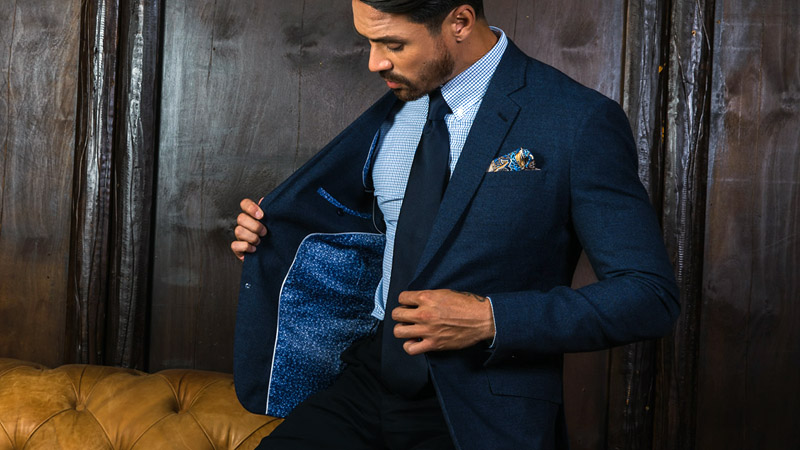However, in recent years, an undercurrent of innovation is altering this landscape. It’s a rebellion of style that shakes the foundations of tradition and redefines the lexicon of office fashion. This revolutionary shift in corporate dress codes, christened the “anti-business suit” style, is not a rebellion against professionalism but a re-imagination of it.
The anti-business suit movement is driven by the desire to break away from the confines of traditional business suits. The stereotypical business suit is typically a two or three-piece ensemble that includes a blazer, trousers, and sometimes a waistcoat, usually in solid, conservative colors like black, navy, or grey. However, the anti-business suit style leverages unique patterns, vibrant colors, and creative cuts to introduce a flair of individuality into the workplace.
This innovation in professional attire is a direct response to the evolving corporate culture. With organizations now placing a greater emphasis on fostering individuality, diversity, and comfort, the business suit has become an antiquated concept for many. The anti-business suit embodies the ethos of the modern workplace – it is inclusive, expressive, and above all, comfortable.
Take, for example, the rise of blazer-cardigan hybrids. These hybrids combine the formal aesthetic of a traditional blazer with the cozy, relaxed feel of a cardigan. Available in a plethora of colors and patterns, these pieces provide the wearer with the versatility to switch between formal and casual aesthetics with ease.
View this post on Instagram
Similarly, the shift from standard dress pants to tailored chinos and jeans reflects a move towards comfort without compromising on professionalism. These options offer a more relaxed fit and feel, enabling wearers to maintain their comfort throughout the day while still presenting a polished appearance.
Unconventional materials are another aspect of this innovative movement. Whereas traditional business suits usually involve wool or cotton blends, anti-business suit styles are embracing materials like linen, hemp, and even bamboo. These materials not only provide unique textures and appearances but are also sustainable and environment-friendly, appealing to the eco-conscious workforce.
Layering has also taken a front seat in the anti-business suit style. From wearing turtlenecks under blazers to layering dress shirts over t-shirts, the potential combinations are endless. This creative approach to layering allows for endless personalization, enabling employees to adjust their outfits according to their mood, the weather, or their schedule for the day.
Of course, the shift to anti-business suit styles does not mean abandoning all traditions. Ties, for instance, have managed to hold their own in this new landscape. However, their role has evolved. Instead of serving as a strict symbol of formality, ties are now an accessory that can add a pop of color or a touch of whimsy to an outfit.
In conclusion, the advent of the anti-business suit style signifies a pivotal moment in the evolution of professional attire. It is a celebration of individuality, comfort, and sustainability, reflecting the changing values of the modern corporate world. This innovative movement is not a rebellion against the business suit, but a reinvention of it.
It takes the core tenets of professionalism – respectability, integrity, and credibility – and infuses them with creativity, comfort, and sustainability. As this trend continues to gain traction, the traditional definition of “business suits” will continue to evolve, reflecting the dynamic, inclusive, and progressive spirit of the modern workplace.


